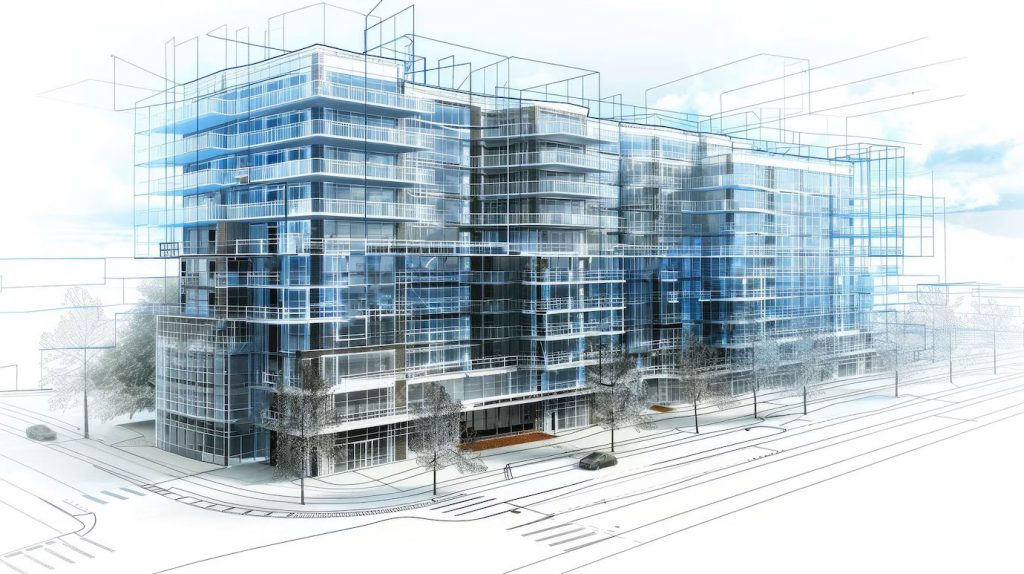Designing spaces that reflect lifestyle is a profound approach that transcends mere aesthetics; it intertwines functionality, comfort, and personal expression, creating environments that cater to the unique needs and aspirations of individuals. At the heart of this design philosophy is the understanding that our surroundings significantly influence our well-being and daily experiences. By thoughtfully integrating elements that resonate with the lifestyle of the inhabitants, designers can create spaces that not only meet practical requirements but also foster a sense of belonging and identity. To begin with, it is crucial to consider the demographic and lifestyle factors that define the target occupants. For instance, designing for active families may involve open-plan layouts that encourage interaction, multifunctional furniture that accommodates various activities, and durable materials that withstand the wear and tear of daily life. Conversely, a space designed for retirees might prioritize tranquility, accessibility, and ease of navigation, incorporating features such as single-story layouts, wider doorways for mobility devices, and calming color palettes to create a soothing atmosphere.

These tailored considerations ensure that the space is not only livable but also enhances the quality of life for its occupants. In addition to physical attributes, the integration of technology plays a vital role in modern design, enabling spaces to adapt to the evolving needs of their users. Smart home systems can facilitate convenience and security, allowing residents to control lighting, temperature, and even entertainment systems from their devices. This technological integration can be particularly beneficial in senior living communities, where accessibility features like voice-activated assistants can greatly enhance daily living. Furthermore, sustainable design practices can reflect a lifestyle commitment to environmental stewardship. Incorporating energy-efficient appliances, using sustainable materials, and maximizing natural light not only reduces the ecological footprint of a space but also aligns with the values of increasingly eco-conscious residents.
Moreover, personal expression is a key component in designing spaces that reflect lifestyle. Homeowners often seek to infuse their personality into their surroundings, using decor, color schemes, and layouts that resonate with their tastes and experiences. Designers can facilitate this process by offering a range of customizable options and encouraging collaboration with clients to capture their vision authentically. This might involve selecting artwork that tells a story, using colors that evoke cherished memories, or creating functional spaces that support hobbies and passions, such as a home office for a remote worker or a creative studio for an artist. Lastly, Outsourced BIM community spaces within residential developments can also reflect the lifestyles of their occupants. Common areas designed for social interaction, such as lounges, gardens, or activity rooms, can foster a sense of community and encourage engagement among residents.
